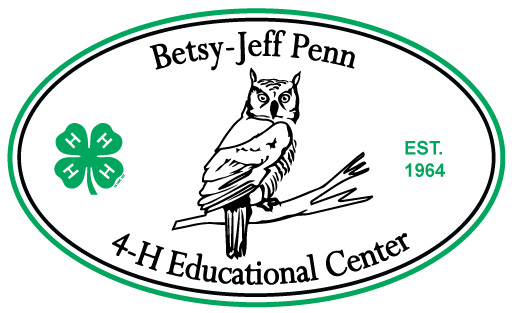- Grades 2-5 -
Wildlife Habitat
Students use the incredible outdoor classroom of Penn – with its 220+ acres of lakes, streams, fields and old-growth forests – to learn ecological principles that are common in each habitat while focusing on the different ways these principles manifest themselves. Activities and facilitated discussions will be used to teach students the concepts of carrying capacity, niche, habitat, populations, the interdependency of species, indicator species, threatened versus endangered species, etc.
Alignment with NC Standard Course of Study
2nd Grade
- Systems, order, and organization
- Evidence, models and explanation
- Chance, constancy, and measure
- Evolution and equilibrium
- Science Competency Goal 1
- Math Competency Goal 4
- Social Studies Competency Goals 5, 6
- Guidance Competency Area 7, 8
3rd Grade
- Systems, order, and organization
- Evidence, models and explanation
- Chance, constancy, and measure
- Evolution and equilibrium
- Science Competency Goal 1
- Math Competency Goal 1, 4
- Guidance Competency Area 7, 8
4th Grade
- Systems, order, and organization
- Evidence, models and explanation
- Chance, constancy, and measure
- Evolution and equilibrium
- Science Competency Goal 1
- Math Competency Goal 4, 5
- Guidance Competency Area 7, 8
5th Grade
- Systems, order, and organization
- Evidence, models and explanation
- Chance, constancy, and measure
- Evolution and equilibrium
- Science Competency Goal 1
- Social Studies Competency Goal 5
- Guidance Competency Area 7, 8
6th Grade
- Systems, order, and organization
- Evidence, models and explanation
- Chance, constancy, and measure
- Evolution and equilibrium
- Science Competency Goals 1, 3, 4, 7
- Math Competency Goal 1
- Guidance Competency Area 7, 8
